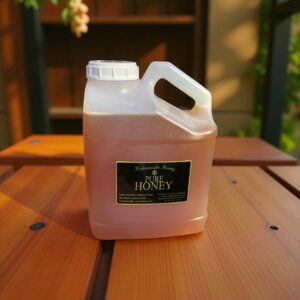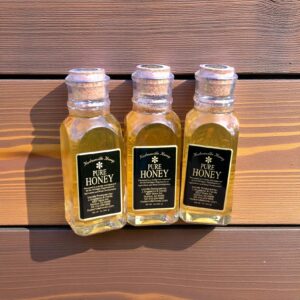Mead, often referred to as “drink of the Vikings,” is an ancient fermented beverage that has been enjoyed by civilizations throughout history. Crafted from honey, water, and yeast, mead offers a unique and versatile alternative to traditional beers. What makes mead particularly intriguing for enthusiasts is not just its rich history but also the simplicity of its brewing process, especially when compared to brewing beer.
The Basics of Mead: A Sweet Symphony
Mead is essentially a honey wine, and its flavor profile can range from dry and crisp to sweet and indulgent, depending on the amount of honey used and the fermentation process. Unlike beer, which requires various grains, hops, and meticulous temperature control, mead-making involves just a few key ingredients.
Ingredients: The Elegance of Simplicity
To craft a basic mead, all you need is honey, water, and yeast. The type of honey you choose will influence the flavor, and various honey varieties offer unique taste profiles, from the floral notes of wildflower honey to the robust richness of buckwheat honey. With the addition of a suitable yeast strain, the magic of fermentation begins.
Fermentation: Patience Rewarded
The fermentation process for mead is generally more forgiving than that of beer. Mead-makers often find it less prone to contamination and off-flavors, making it an excellent choice for beginners. The yeast consumes the sugars in the honey, transforming them into alcohol and carbonation. Patience is key during this stage, but the rewards are well worth the wait.
Aging and Bottling: Unveiling Liquid Gold
After fermentation, mead is typically aged to allow its flavors to mature and harmonize. This aging process can vary from a few months to several years, depending on the desired outcome. Once ready, bottling is a straightforward process, and mead can be enjoyed young or aged to perfection.
Comparing Mead-Making to Beer Brewing
While both mead and beer share the spirit of homebrewing, mead-making often requires fewer steps and ingredients. Unlike beer, there’s no need for complex mashing processes or a precise balance of hops and grains. Mead embraces a more relaxed and accessible approach, making it an ideal choice for those new to the world of home fermentation.
Embark on Your Mead-Making Journey
Mead, with its rich history and simplicity, beckons aspiring homebrewers to explore the world of fermentation. Whether you prefer it sweet, dry, still, or sparkling, mead offers a canvas for creativity. With just a few key ingredients and a touch of patience, you can unlock the art of mead-making and savor the sweet rewards of your labor.








